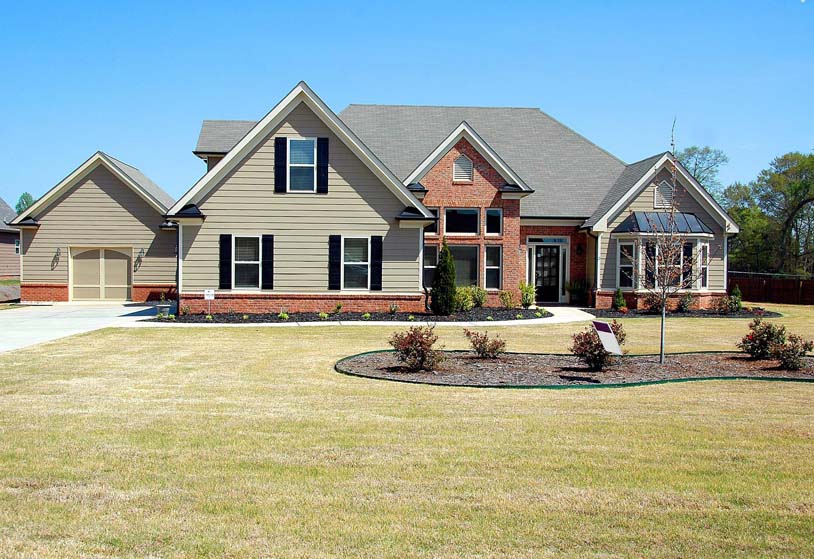
What is a foreclosure, specifically?
What is foreclosure, specifically? In simple terms, the foreclosure process allows a lender to recover the amount owed on a defaulted loan by selling or taking ownership of the property. Roughly 1 in 12,000 homes are in some phase of the foreclosure process, (default, auction or bank-owned)” in the United States, so it’s hardly an uncommon occurrence.
“Foreclosure occurs when a lender seeks to seize your property as collateral for failure to pay your mortgage on time.”
There are 6 chapters, stages, or “phases” of a foreclosure.
Payment Default
A payment default occurs when a borrower has missed at least one mortgage payment. The lender will send a missed payment notice indicating that it has not yet received that month’s payment. Typically, mortgage payments are due on the first day of each month, and many lenders offer a grace period until the 15th of the month. After that, the lender may charge a late payment fee and send the missed payment notice. After multiple payments are missed, the lender will often follow up with a demand letter. A much more serious than a missed payment notice. However, at this point, the lender may be still willing to work with the borrower to arrange for catching up on payments. The borrower would normally have to remit the late payments within 30 days of receiving the letter.
A (NOD) is sent after 90 days of missed payments. The notice is placed prominently on the home. At this point, the loan will be handed over to the lender’s foreclosure department. The borrower is informed that the notice will be recorded. The lender will typically give the borrower another 90 days to settle the payments and reinstate the loan. This is referred to as the “reinstatement period.”
Notice of Trustee’s Sale
If the loan has not been brought up to date within the 90 days following the notice of default, then a notice of trustee sale will be recorded in the county where the property is located. The lender must also generally publish a notice in the local newspaper for three weeks indicating that the property will be available at public auction. All owners’ names will be printed in the notice and the newspaper, along with a legal description of the property, its address, and when and where the sale will take place.
Trustee’s Sale
The property is now placed for public auction and will be awarded to the highest bidder who meets all the necessary requirements. The lender (or firm representing the lender) will calculate an opening bid based on the value of the outstanding loan and any liens, unpaid taxes, and costs associated with the sale. Once the highest bidder has been confirmed and the sale is completed, a trustee’s deed upon sale will be provided to the winning bidder. The property is then owned by the purchaser, who is entitled to immediate possession.
Real Estate Owned (REO)
If the property is not sold during the public auction, the lender will become the owner and attempt to sell the property through a broker or with the assistance of a real estate owned (REO) asset manager. These properties are often referred to as “bank owned,” and the lender may remove some of the liens and other expenses in an attempt to make the property more attractive.
Eviction
The borrower can often stay in the home until it has sold either through a public auction or later as an REO property. At this point, an eviction notice is sent demanding that any persons vacate the premises immediately. Several days may be provided to allow the occupants sufficient time to remove any personal belongings.
The Bottom Line
Throughout the foreclosure process, many lenders will attempt to “work with or assist” the borrower to get caught up on the loan and avoid foreclosure. The challenge is that when a borrower cannot meet one payment, it becomes difficult to catch up on multiple payments. If there is a chance that you can catch up on payments—for instance, you just started a new job following a period of unemployment—it is worth speaking with your lender. If a foreclosure is unavoidable, knowing what to expect throughout the process can help prepare you for the six stages of foreclosure.
“IF YOU KNOW, YOU KNOW PRODUCTION 😉”
Thanks to Investopedia.com, showmenot.com, prnewsire.com, dsnews.com








